Hawaiian Wisdom
By Elayna Henderson & Noah Nikolai
For our interim, we went to Kiholo Bay on Thursday, and the ahupua’a of Puanui on Friday. At Kiholo, we learned about the Loko i’a, or fishponds, present in Kiholo Bay. We got the chance to go swimming in Kiholo, and we were able to walk in the fish ponds. We saw lots of honu (Hawaiian green sea turtles) and other animals.
On Friday, we went mauka to Puanui Ahupua’a. We helped plant uala, or sweet potato. We also went on a short hike. Overall, we learned a lot about the aina we live oin, and it was a very special interim activity.
PC/Kehaulani Marshall, Kehaulani Marshall, Laynie Henderson, Mr. Rogers (respectively)
Wai a me ‘ai: A Forest to Farm Experience
By Toby Gordan
Day 1 - Forest
8:30 - The seventeen or so students gather in room 12 for a quick rundown of the day ahead. Some exhibit excitement and others show little interest, not yet knowing how enjoyable it would end up being.
8:50 - Packed like sardines in a tin, Uncle Eric drives us a few minutes up mountain road to the Koaia Corridor in the small and loud bus. Students laugh and hypothesize what the day will bring.
9:00 - We shuffle off the bus and are greeted by the wind and welcoming hosts from the Kohala Center. Students scrub and spray their shoes to prevent the spread of unwanted seeds and species and Rapid 'Ohi'a Death. One of the hosts, Jake, leads us in a few minutes of breathwork and stretching to prepare for the short but steep hike ahead.
9:30 - We begin climbing, thighs and calves burning and hearts thumping. Soon we reach a ladder of the gate that runs alongside the road we are walking along. One by one we make our way up and over the fence and then we cut our way alongside the gulch until we reach the dry stream bed at the bottom.
10:00 - We sit in a circle-like formation on the steep sides of the gulch and have an opening circle. We share our name, where we live or have lived, and a place of wai (water) that is important to us. Our hosts share their mana’o (thoughts, ideas) and ‘ike (knowledge) that we gratefully absorb.
10:30 - We kilo, or observe with intention. We smell, taste, hear, feel, and see. The wind and rain speed over us as we sit below in the protection of trees and the steep sides of the gulch.
10:50 - We leave the dry stream bed and begin walking down the mountain.
11:25 - Lunchtime. Lots of peanut butter and jelly and passing of snacks on a little windswept flat field.
12:30 - O’o bars and seedlings and buckets and planting supplies get schlepped over a few ridges and one more fence and then we plant. 'Ohi'a, 'Āweoweo, Pili, Koia’a. I ola ‘oe, I ola mākou nei. My life is dependent on yours, your life is dependent on mine. Each plant gets this blessing along with a trickle of water.
2:00 - Closing circle. Sharing of Moʻolelo, stories.
2:40 - A wonderful day comes to a close and we head back down to the mountain.
Medical Science
By Ellarain Moore
During the medical science interim offered this year at Parker, a group of students interested in healthcare took a trip to the John A. Burns School of Medicine on Oahu on Thursday and a tour of the community hospital in Waimea on Friday.
Thursday morning started, for some, as early as 4:00am in order to make the flight over to Oahu. After the plane trip and a short car-ride via Uber, by 9am our group was waiting in the cafeteria of the medical school.
We were soon led to the laboratories where we learned about how they operated and the work current students performed. Following this, we were shown other areas of the campus, observing the library completely dedicated to medical science books and the study rooms that stay open until midnight.
Our tour guide informed us of the competitive acceptance rates of JABSOM for out-of-state prospective students, with just 77 seats being offered yearly and around 50 of those being saved for Hawaii residents. After we ate lunch at the medical students’ cafeteria we headed back to the airport for our return flight.
On Friday, we toured the Queen’s North Hawaii Community Hospital and learned of its history.
The first Queen’s Hospital was founded in 1859 on Oahu, through King Kamehameha IV and Queen Emma, in order to provide for the Hawaiian people in need with access to healthcare treatment. In the decades since, more hospitals have joined their ranks in providing affordable healthcare to the community. This particular hospital joined the Queen’s health system in 2014.
During our tour we got to see the different operating parts of the hospital, from the CT scan machine to the maternity ward to the emergency room.
Overall, our experience was an informative and exciting one, hopefully helping the participating students in their consideration of careers in the medical field.
PC/Ms. Doherty (first photo), Kaya Long (respectively).
Boys to Men
"What happened on the mountain stays on the mountain." - Matthew Shemwell
PC/Skye Moore

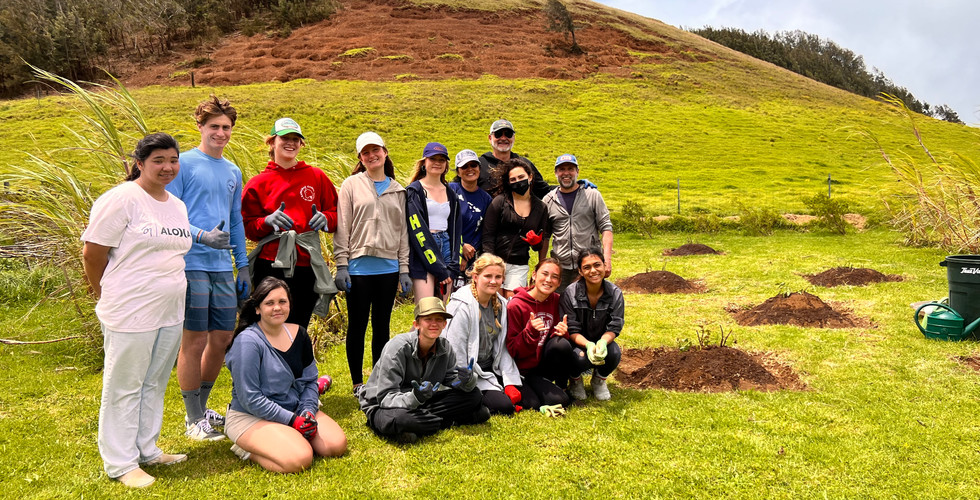
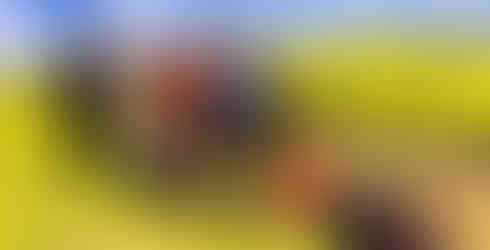


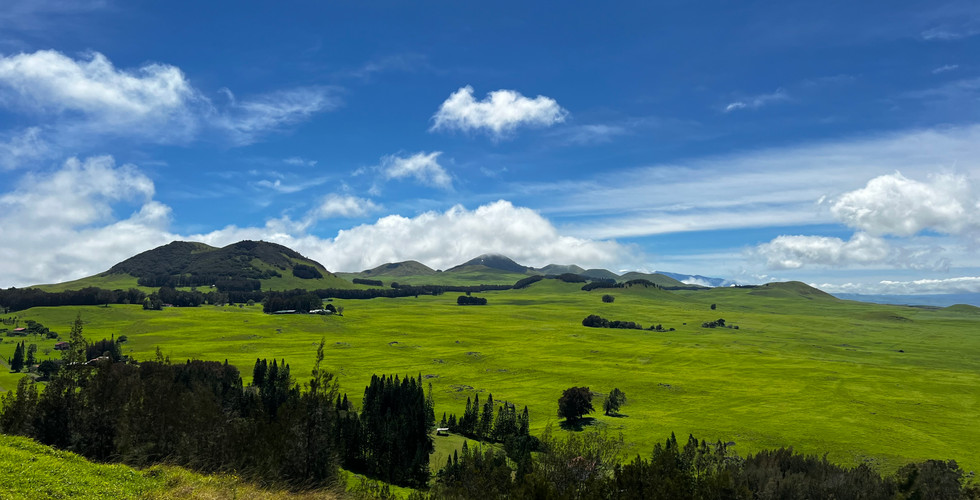













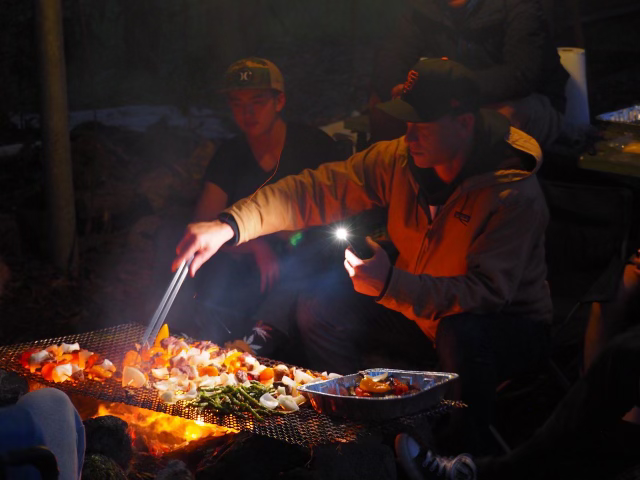

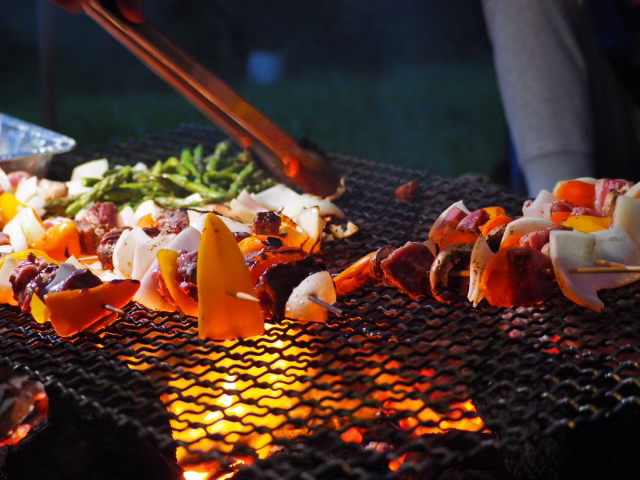










Comments